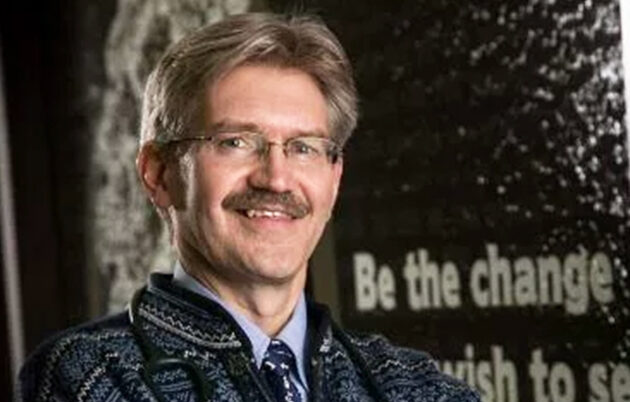Marlon Mundt, PhD, associate professor in the Department of Family Medicine and Community Health, said that it pays to provide incentives to low-income smokers to engage with evidence-based tobacco treatment.
The “Striving to Quit” study randomized 1,900 Medicaid recipients to either a control group or to a group offering financial incentives to take up to five calls from the quit line. The control group of 952 smokers received a total of $80: $40 for completing a baseline assessment and $40 for a six-month assessment. The financial incentive group also received $30 for each call from the Wisconsin Tobacco Quit Line taken and $40 for smoking abstinence at six months.
Quit line counselors routinely recommended that participants get prescriptions for a Medicaid-approved smoking-cessation medication. The medications were not provided by the study or the quit line.
“The financial-incentive group participants took significantly more calls than the control group, thus prolonging exposure to tobacco treatment,” said Mundt.
He said 46 percent of the incentive group took all five calls compared to 21 percent of the control group.
Because of financial incentives, 22 percent of the incentive-group participants had biochemically verified abstinence at six months compared to 14 percent of control group participants. The abstinence was confirmed by carbon monoxide or urine tests.
The total intervention costs per participant, on average, were $499 per incentive participant and $316 for control participants for a difference of $183. These costs included staff time, medication costs and financial incentives. Comparison of intervention costs and study effectiveness revealed that a total of $2,316 is needed to gain one additional Medicaid patient to quit smoking at six-month follow-up after the intervention.
To put his results in perspective, Mundt compared his cost-effectiveness findings to the use of varenicline, a smoking-cessation drug, and proactive telephone counseling. That combined approach requires about $2,600 per additional smoker to quit.
“This study did not take into consideration the health care savings when Medicaid recipients quit smoking and lessen their likelihood of developing cancer, other cancer-related diseases and mortality,” said Mundt. “The benefits of engaging low-income smokers with the quit line would quickly outweigh the costs of incentivizing smokers when long-term health care outcomes of abstinence are taken into consideration.”
Mundt said future research should explore further the relation among financial incentives to engage socioeconomically disadvantaged smokers in evidence-based tobacco treatment, abstinence and quality-adjusted life years (QALY) to determine the full economic impact of the intervention.
The study was published in Value in Health.

